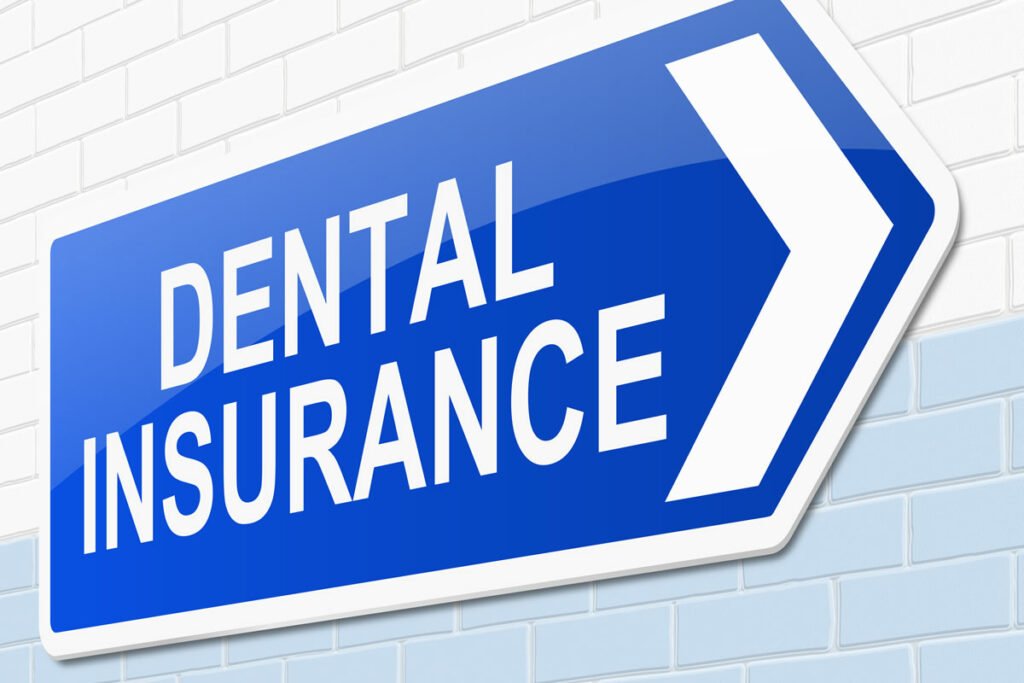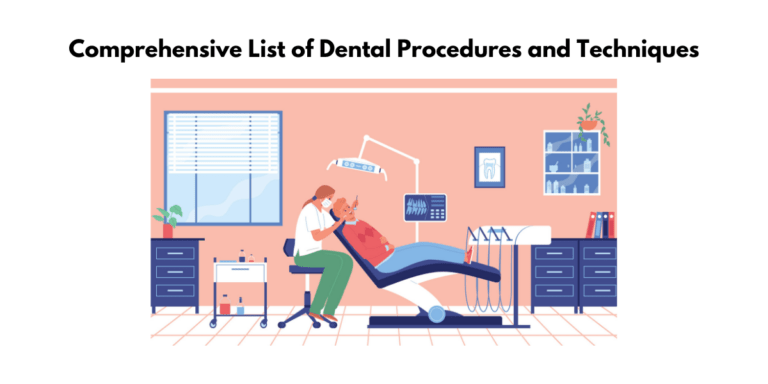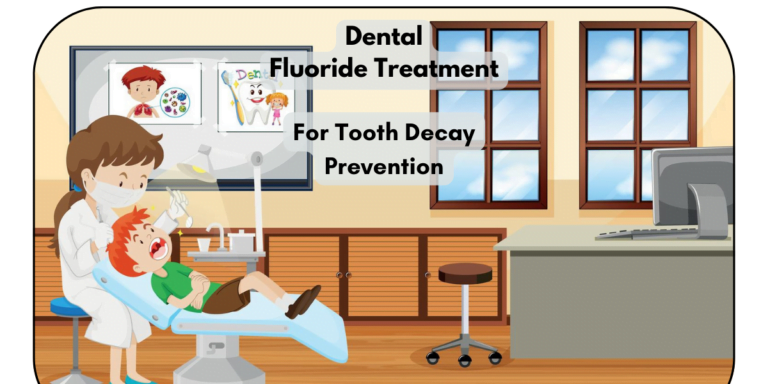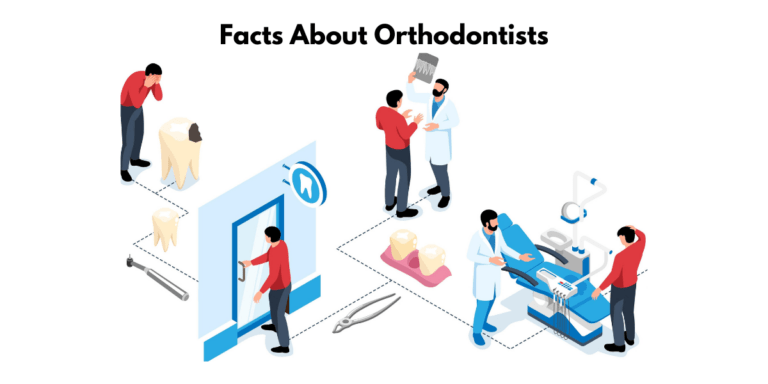The Standard Dental Insurance Plan: 10 facts you must know
The Standard Dental Insurance Plan
Dental insurance is an important form of financial protection against the often-high costs of dental care.
Today, there are many different types of dental plans available, ranging from traditional indemnity plans that offer broad coverage to PPO plans that specialize in low-cost care.
With so many options available, it can be difficult to find the right dental insurance plan.
In this blog, we will discuss the most standard dental insurance plan and its coverage.
1. What is the standard dental insurance plan?
The supplementary dental insurance plan is a dental plan that covers preventive care such as cleanings and X-rays, as well as basic dental health services such as fillings, root canals, and tooth extractions.
It typically pays a percentage of the cost (e.g., 50%) for these services and usually costs less than full coverage plans, which cover more expensive major dental procedures such as root canals and crowns.
2. The covered procedures
The supplemental dental insurance plans generally cover preventive care and simple procedures like fillings and extractions.
This type of coverage offers multiple plan designs to fit the budget and preferences of different needs.
Such plans typically include coverage for preventive/Type 1 procedures like routine exams and cleanings as well as Basic/Type 2 procedures such as fillings and simple extractions.
Major/Type 3 procedure benefits include coverage for crowns, bridge, and denture replacement.
Check-ups and cleanings
Check-ups and cleanings are preventive services that are covered by most dental insurance plans at 100%.
Check-ups and cleanings are important for maintaining good oral health and can help protect your overall health, as studies have linked gum disease to problems in other areas of the body.
Regular preventive care visits to your dentist can help detect any signs of problems and can help avoid the need for more costly dental procedures down the road.
Covered preventive services include routine and comprehensive exams, dental X-rays, and professional dental cleanings.
Fillings
Fillings are covered by basic dental insurance, as they are considered a basic dental service.
Basic dental insurance plans help pay for over 100 basic services, including fillings for cavities and minor oral surgery procedures.
The coverage usually starts after three months of having the plan.

Extractions
An extraction is a process of removing a tooth from the socket in the jawbone.
It is usually done if a tooth is decayed or fractured beyond repair.
Generally, dentists cover extractions as a basic procedure, meaning that it is usually covered by most dental insurance plans.
Orthodontia
Orthodontia is a type of dentistry that helps ensure the healthy growth and development of the jaws and teeth.
It is also used to correct misalignments and improve the appearance of one’s smile.
Orthodontia includes a variety of procedures, such as braces and retainers, to help align the teeth and jaws.
Other procedures may include palatal expanders, headgear, jaw corrective surgery, and even clear aligners.
Dental emergencies
Examples of dental emergencies include:
- Tooth pain: Severe pain in the teeth or gums, often accompanied by sensitivity to hot or cold foods, is a sign of an underlying problem that needs immediate attention.
- Abscess: An abscess is an infection of the gums or tooth root and needs to be treated as soon as possible to avoid further damage.
- Fractured tooth: A fractured tooth can be the result of trauma or decay and needs to be treated quickly to avoid further damage.
- Lost filling/crown: If a filling or crown falls out, it is important to replace it right away in order to prevent further decay or damage to the tooth.
- Bleeding after a procedure: Bleeding after a dental procedure should be taken seriously, as it can be a sign of an infection or other complication that needs to be addressed.

3. The coverage limitations
Insurance coverage limitations for dental plans vary depending on the plan type and the provider network.
Certain plans may provide orthodontia programs for children or adults, as well as optional coverage for cosmetic-oriented procedures like teeth whitening and dental implants.
However, not all plans cover all services, and insured members may be responsible for the cost of procedures or services that are not covered.
Pre-authorizations or referrals may also be required for certain plans and providers.
There are limits to the amount that can be spent on dental services each year.
Dental insurance plans often limit the amount that can be spent on dental services each year in order to balance the costs for the insurance company and the patient.
This helps to keep premiums lower, as the company will not bear the full brunt of the cost of expensive procedures.
Additionally, a maximum spending limit provides a safety net for the patient, making sure that they are not responsible for more than a certain amount of costs for that year.
There are limits on the types of services covered.
Services not covered under the coverage policy include, but are not limited to, charges for dental implants, cosmetic procedures such as teeth whitening, orthodontia programs for child and/or adult care, and any charges in excess of the contracted fee or maximum allowable charge agreed upon by the network provider.
There are limits on the amount that will be paid for certain procedures.
A comparative analysis of the coverage documents and the website content reveals that payment for a procedure is determined by the patient’s benefit plan and the state in which they live.
Generally, preventive services are covered, but the level of coverage will vary depending on the plan and the individual.
Certain pre-authorizations or referrals may be required for certain benefit plans and dental care providers.
Additionally, if a procedure is available under the patient’s dental AND medical plan, the medical plan will be the primary insurance.
Lastly, network providers agree to accept a contracted fee as maximum payment, while insured members are not balance billed the difference between the contracted fee and the provider’s usual and customary charge.
There are limits on the number of visits to the doctor that are covered.
The coverage limits for visits to the doctor vary based on the plan you choose and the state you live in.

There are limits on the amount that will be reimbursed for oral surgery.
The limits on the amount that will be reimbursed for oral surgery will vary depending on the patient’s benefit plan and the state they live in.
The coverage for oral surgery may include preventive, basic, and major procedures.
For instance, preventive procedures may include routine exams and cleanings, whereas basic and major procedures may include fillings, simple extractions, crowns, bridges, and dentures.
The coverage may also include variable coinsurance levels, deductibles, annual maximums, individual procedure placement, and optional coverage for cosmetic-oriented procedures such as teeth whitening and dental implants.
The insurance company will typically provide coverage up to the contracted fee (maximum allowable charge) for the covered services. It is important to check with the patient’s insurance provider to confirm the exact coverage limits.
4. Are orthodontic treatments covered?
Generally, basic dental plans cover preventive care and simple procedures like fillings and extractions, while full plans cover major procedures like root canals and crowns, and sometimes, orthodontic care.
However, it’s important to read over your dental insurance policy to see what it includes and excludes, as orthodontic treatments may be excluded from basic dental plans.
5. Is a deductible required for the standard dental plan?
Yes, a deductible is required for the standard dental plan.
The deductible must be met before the plan starts paying benefits, and then you pay part of the cost for the services you receive.
6. What are the coinsurance rates?
The coinsurance rates for the different plans vary.
For example, the Standard HMO Dental plan has a coinsurance rate of 50% for those aged 0-25 and 80% for those aged 26 and over.
The Enhanced Dental PPO 50/1250 plan has a coinsurance rate of 50% for both ages, while the Enhanced Dental PPO 50/2000 plan has a coinsurance rate of 50% for those aged 0-25 and 80% for those aged 26 and over.
The Specialty Duo SM dental + vision package has a coinsurance rate of 50% for those aged 0-18 and 80% for those aged 19 and over.

7. Are there any age restrictions?
Yes, there are age restrictions for the standard dental insurance plan.
If the patient is 65 years or older and has medicare coverage, it would be considered the primary insurance, while the retiree plan would be secondary.
If the patient has a spouse’s plan covering them as a dependent, that would be the primary insurance, Medicare would be secondary, and the retiree plan would be tertiary.
8. What is the limit on covered expenses?
A limit on covered expenses means that there is a maximum amount that your dental benefits plan will cover towards the cost of certain procedures or services.
This could include a yearly maximum, or a set limit on specific procedures.
The exact amount of coverage may vary depending on your benefit plan and the state you live in, so it’s important to refer to your coverage documents for more details.

9. Additional benefits
The basic dental insurance plan offers a range of benefits that can provide financial protection and peace of mind for individuals and families, small businesses, and retirees.
Individuals and families can benefit from coverage that helps protect their oral health and that of their loved ones.
Small business owners can find coverage options designed to keep their employees healthy and productive.
Retirees can get a plan that helps ensure their smile stays healthy for years to come.
10. Drawbacks
The standard dental insurance plan may have some drawbacks, including:
- Limited coverage toward certain procedures, such as Major/Type 3 procedures like crowns, bridges, and denture replacements.
- Variable coinsurance levels, deductibles, and annual maximums may limit the amount of coverage you can receive.
- Limited network providers who are willing to accept a contracted fee for covered services as maximum payment, meaning insured members may be balance billed the difference between the contracted fee and the provider’s usual and customary charge.
- Lack of coverage for cosmetic-oriented procedures such as teeth whitening and dental implants.
- Limited coverage for orthodontia programs for a child or adult care.
- The cost of the plan may not be budget-friendly for some individuals.
- Comprehensive Guide to Pediatric Dental Care: Expert Tips for Ensuring Optimal Oral Health in Children - February 3, 2025
- Poor Teeth Enamel: Unveil Causes and Treatments for Loss of Enamel or Enamel Hypoplasia - January 12, 2024
- The Best Toothpaste for Bad Breath: Which Toothpaste is the Best for Fresh Breath? - December 6, 2023







